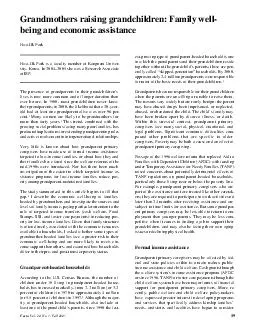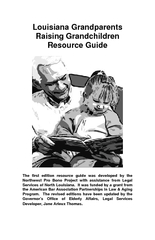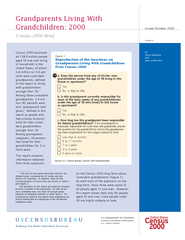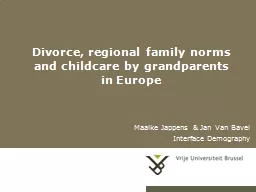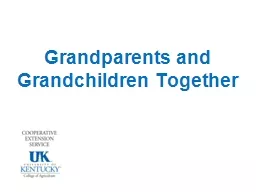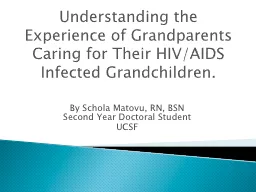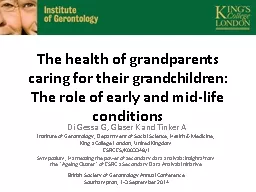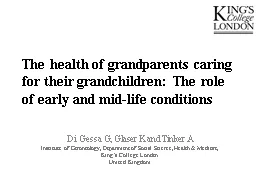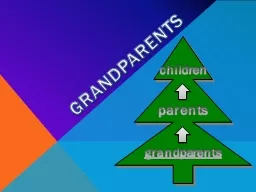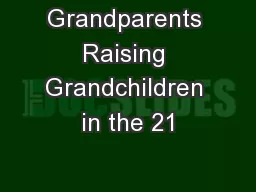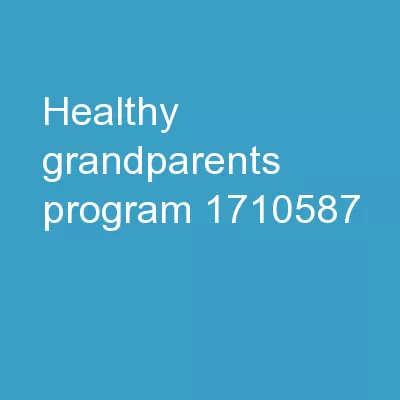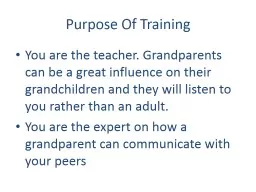PDF-Grandmothers raising grandchildren Family well being and economic assistance estgrowing
Author : tatyana-admore | Published Date : 2014-10-19
By 2000 approximately 24 million grandparents were responsible for most of the basic needs of their grandchildren Grandparents become responsible for their grandchildren
Presentation Embed Code
Download Presentation
Download Presentation The PPT/PDF document " Grandmothers raising grandchildren Fami..." is the property of its rightful owner. Permission is granted to download and print the materials on this website for personal, non-commercial use only, and to display it on your personal computer provided you do not modify the materials and that you retain all copyright notices contained in the materials. By downloading content from our website, you accept the terms of this agreement.
Grandmothers raising grandchildren Family well being and economic assistance estgrowing: Transcript
Download Rules Of Document
" Grandmothers raising grandchildren Family well being and economic assistance estgrowing"The content belongs to its owner. You may download and print it for personal use, without modification, and keep all copyright notices. By downloading, you agree to these terms.
Related Documents

